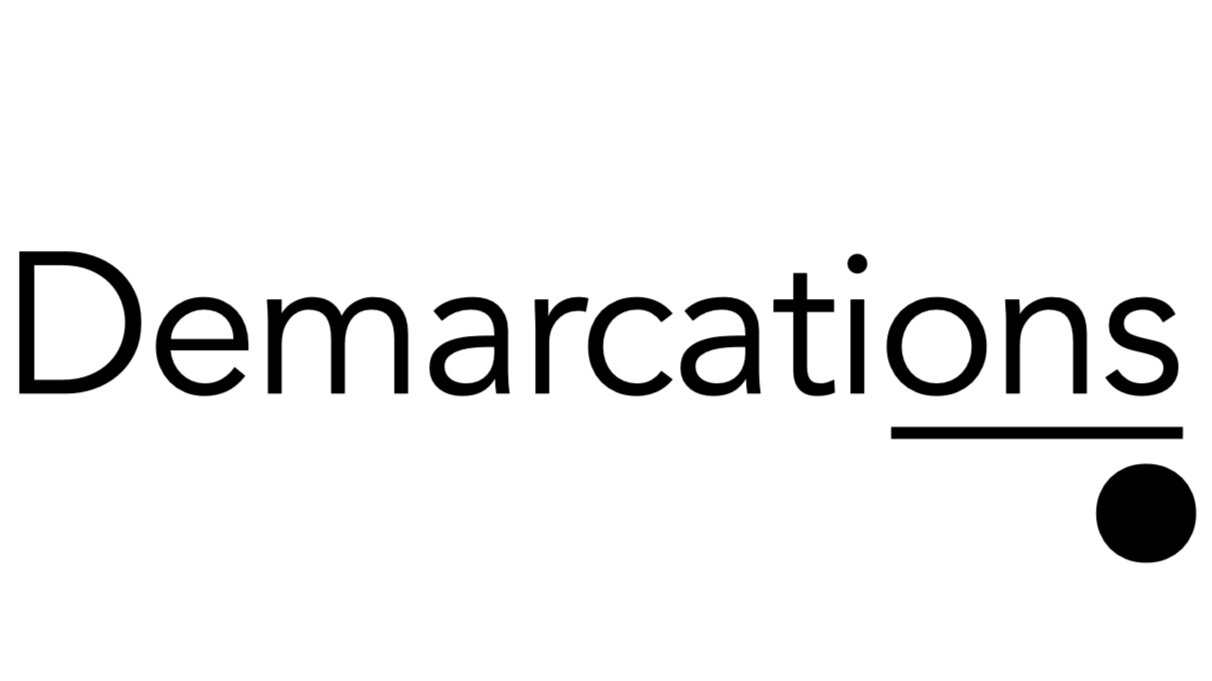The best way to understand something is to restate it in our own words.
German sociologist Niklas Luhmann was a proponent of reading in this way. He recommended against underlining or highlighting text. He captured quotations infrequently. Instead, he tried to understand the gist of the important ideas he read and restated them on a separate piece of paper in his own words. He wrote his insights from these ideas on note cards, which went into a slip box and connected to ideas on existing note cards — a Zettelkasten system, or what Sönke Ahrens calls Smart Notes. Over his career, Luhmann formulated some 90,000 such notes, enabling him to write 70 books and hundreds of academic journal articles.
Niklas Luhmann — Credit: alvaro_bsm | Flickr
Richard Feynman, 1975, in Burnaby, Canada — Credit: S. Johnston, History of Science: A Beginner's Guide (Oxford: OneWorld 2009) | chapel cross | Flickr
Physicist Richard Feynman also advocated learning by communicating. He famously stated that he didn’t know whether he really understood something until he could give an introductory lecture on the subject. “The principle is that you must not fool yourself, and you are the easiest person to fool.”
If you listen to The Daily podcast, you know that Michael Barbaro of The New York Times may be the master of this technique in the field of interviewing. His style is to ask open-ended queries, then a few follow-up or clarifying questions. After several minutes of this, he interjects a “Let me see if I got this” type expression — then restates the interviewee’s main idea in his own words. He often phrases his restatement with a narrative punch: highlighting contradictions, ironies, and surprising details. The interviewee usually confirms that Barbaro understands the idea correctly, but other times the interviewee clarifies or expands further on a point. By now, as a listener, we feel confident that Barbaro understands it — and we feel confident that we understand it too. Now this tactic might feel predictable to regular listeners, but it is not formulaic — Barbaro rephrases the idea using his language rather than repeating words.
Michael Barbaro interacting with students at Scripps College — Credit: Scripps College | Flickr
Learning in this way induces us to listen to a speaker attentively; to comprehend the text deeply. There’s no margin for tuning out or half-consciously glossing over a page. We must be engaged.
By using our own words, we integrate an idea into our existing mental models. The idea links to other ideas. The connection reflects a deep understanding rather than rote memorization. As a side benefit, though, we are more likely to recall the information because the idea is made meaningful through its connection to our existing knowledge.
Having to restate an idea checks our understanding — do we really get it? Learning is an iterative process, where we keep identifying what we don’t know and refocusing our energy on the most difficult material. If we find ourselves struggling to reformulate a restatement, we may need to ask more questions or return to the text.
Restating another’s spoken words also generates empathy. When we reiterate others’ perspectives, we step into their shoes, like an actor getting into character. We engage our mirror neurons. We feel others’ emotions as we describe their experiences in our own words. And if we can explain what others just said — in our own formulation — they will correctly perceive we’ve understood them. In turn, they may feel like sharing more, continuing a virtuous cycle of communication.
Finally, explaining the world in our own words is creative. By reformulating an idea, we move it to a new context — fastening it to our existing ideas and perspectives on the world. The new connections infuse the original idea with new meaning. We thus transform the idea into something else, forging a new idea altogether.



